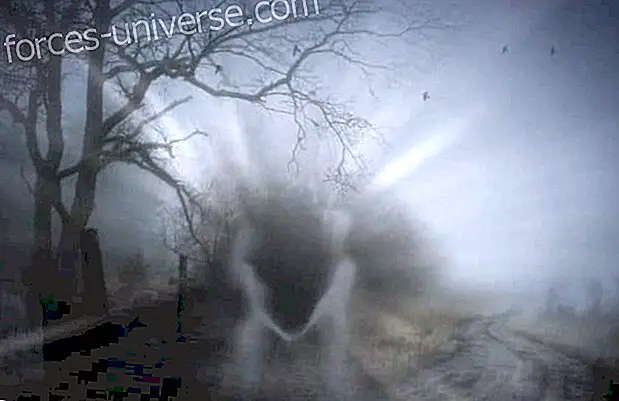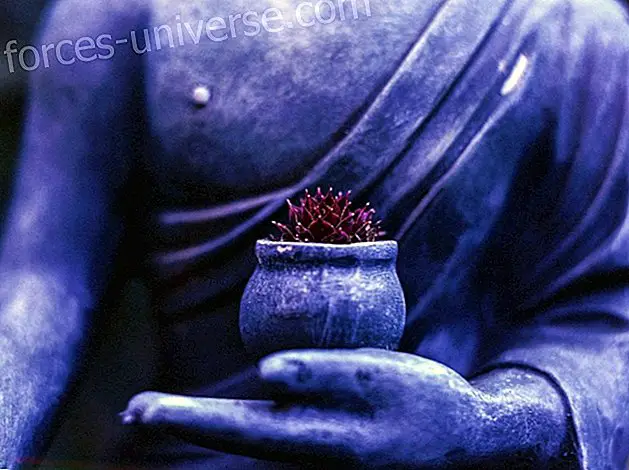In the moments of grief we should have resources that allow us to be present and, in a compassionate way, to live them with detachment so that they become experience. One of these resources is compassionate breathing. By Josep Maria Gasset for MIMIND Space.
 |
Our mind wants to stay attached to situations, people, places and does not allow us to free the flow of our creativity. Living moment by moment is the way to release the attachments.
When someone is in a time of mourning in his life, either because he is in a situation of change or because someone has disappeared from his life and will not see him again, he should make a great detachment exercise that allowed him to be able to accompany the being who has left us in a free and calm way.
This is not easy, during the process of death and separation of our loved ones, friends, enemies or strangers, all kinds of moments of transformation and catharsis happen, hearts are discovered and intimate moments are lived that will mark our lives.
Without hesitation they are moments of transformation. The great pity is that we are not trained to be able to live them; We only fear them and hope they never happen, but they always end up arriving in one way or another.
In schools the reality of death and grief is not taught, in everyday gatherings there is no comment about something everyday that happens every day to millions of people. We hide in everyday life and in the superficiality of life to hide the truth, and it is that all of us will get some difficult situation where grief will be inevitable and the pain and suffering of loss will appear.
In the East it is proposed that people remember death as something very close to life and, despite pain, as something to be integrated. Some monastic orders in the West had signs on the lintels of the doors to remember that we are all going to die.
But what to do when we are in a situation of grief and pain for a loss of a loved one or a being who has touched us even if we do not know him?
Compassionate techniques
We must train ourselves in compassionate techniques that allow us, first, to be in the present moment with an attentive mind, to live what will undoubtedly mark our lives and reap the fruit of the unique experience.
Breathe the situation first and let the feelings and emotions arise by accepting them as they are, without limitations or concepts; Speeches don't work here, pain and loss are very particular.
From the heart, live this moment breathing with the technique of compassionate breathing, putting myself in the place of the other. If I put myself compassionately in the place of the other, I will be able to experience and accompany this moment in another way. Without judging him, without expressing concepts, just breathing his process, I take it to my heart and transform it into love, compassion, over and over again, observing, living, being and being present, nothing more.
Without pursuing any end, we limit ourselves to being present in moments of pain, definitive, unique, experiential, loving, where emotions and feelings arise, crying, laughter, memories. Thus, we put ourselves in the place of the other and make the experience together, the experience of the transformation of life. It is simply about being next to the one who suffers or the one who makes his transfer experience.
When we breathe we allow the air to flow, for life to circulate, to renew the cycle of insight and outsight, which is nothing more than the rhythmic movement of creation, the tzim zum, the big bang that in a microcosmic way will extend to The macrocosm
Breathing the pain
This very old practice of compassionate breathing will help me in the moments for the accompaniment towards death, but it is no less effective for the moments of mourning. Now it is I myself who breathe my pain and in a compassionate way I accompany him taking my breath to my heart offering me compassion and transformative relief . I can't take the duel if I don't transform it. Again and again I breathe it, again and again I transform it, because during the day and night I keep breathing.
Breathe consciously meditating, walking, eating, transforming the duel into love for myself and also towards the transformation process, the person who has made the transfer and family members, friends and everything we want to integrate.
Transform these moments into moments of love and compassion, this is our great challenge. If we practice it we will achieve it; it only requires a luminous presence and to breathe, breathe and breathe, taking everything to the heart and giving it compassionately, in a free way, without judging and contemplating it, without putting your mind and seeing what arises. It is like a little miracle that offers a unique experience, which will then transform us.
We all have experiences of deaths of close people, of all ages and conditions, friends, enemies and strangers. And at that moment we always have compassionate thoughts and wish them well. This is what we want to wish you, happiness and its causes, but also to your family and friends.
Why don't we do the same in our daily lives? Why wait for these final moments of pain and suffering?
I propose that this compassionate technique be applied every day with ourselves and with those around us, with situations where there is conflict or must be transformed.
Born every day we die, the ancients said. If so, I must prepare myself every day and experience compassionate breathing by putting myself in the place of the other who suffers to transform pain into love. Also applying it to myself and thus transform these moments of daily death into life.
Being able to experience compassionate grief will transform our lives; Breathing and transforming pain and suffering into love will transform our mind from death to life.
Compassion and grief, by Josep Maria Gasset






